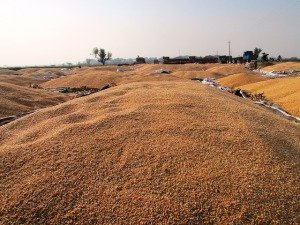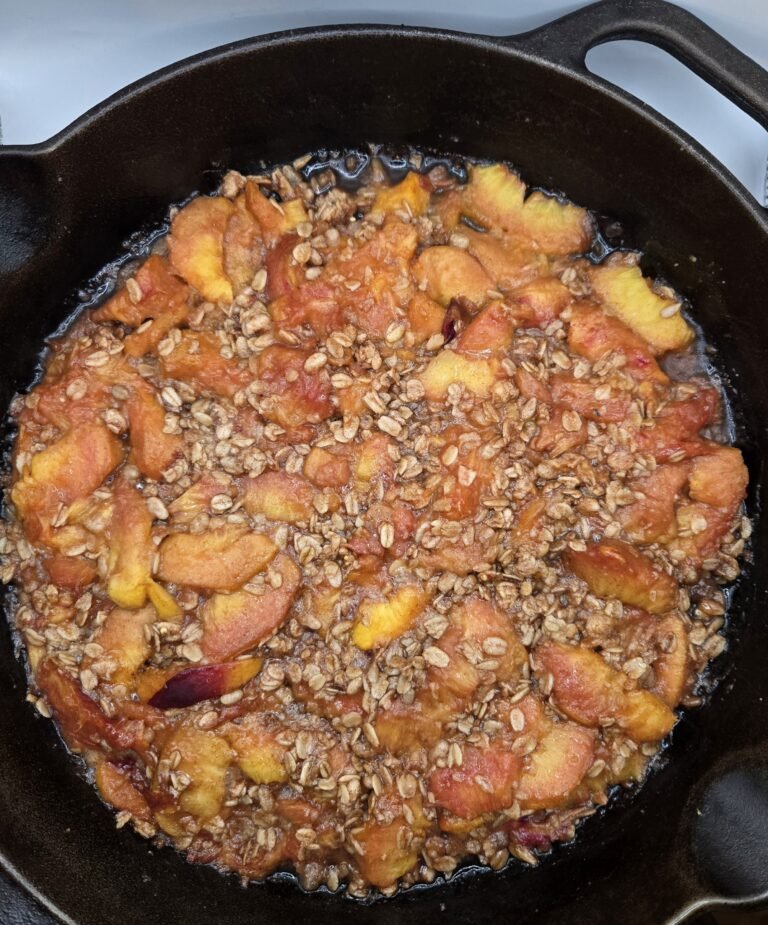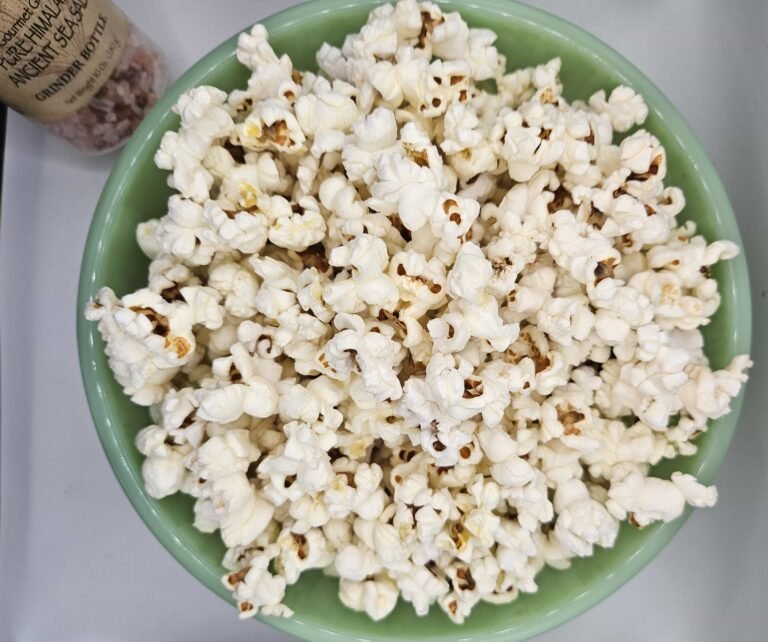Today I’ll talk more about feed corn and then tomorrow make something yummy with non-genetically modified sweet corn. Sweet corn is the corn that you buy at produce stands and supermarkets to eat and use for cooking. Feed corn is not edible, it’s used for things like processed foods and high fructose corn syrup, ethanol, and mostly as feed in CAFOs — animal feedlots. (The by-products of ethanol and high fructose corn syrup production are also fed to livestock.) It takes 2-5 pounds of feed corn to produce one pound of beef.[1] Though some 800 million people on the planet suffer from hunger or malnutrition, the majority of corn and soy grown in the world feeds livestock.[2]
Feed corn is grown on over 90 million acres in the United States. By comparison, tomatoes, apples, lettuce, and carrots are all grown on less than 500,000 acres.[3] This over-abundance of inexpensive feed corn keeps down the prices of things like beef and other meats, and soda (which is mostly high fructose corn syrup — corn).
Commodity crop subsidies based on the Farm Bill contribute to feed corn being sold below the cost to produce, to benefit commodity purchasers like feedlots and factories. This federal subsidies practice favors intensive, industrial-style food production; some subsidies go directly to the feedlots.[4]
The corn used on cattle feedlots replaces the grass that’s naturally in animals’ diets. Cattle must adapt – at considerable cost to their health, to the health of the land, and ultimately to the health of their eaters – to live on corn (and the drugs they need to tolerate the corn), for no other reason than it offers the cheapest calories and because the great piles of surplus corn must be consumed. Corn causes the naturally neutral rumen of a cow to become acidic creating, “a kind of bovine heartburn that in some cases can kill the animal, but usually just makes him sick. The condition can lead to diarrhea, ulcers, bloat, rumenitis, liver disease, and a general weakening of the immune system that leaves the animal vulnerable to feedlot diseases like pneumonia, coccidiosis, enterotoxemia, and feedlot polio.” Over time the acids eat away at the rumen wall, allowing bacteria to enter the animal’s bloodstream. These microbes wind up in the liver, where they form abscesses and impair the liver’s function. Between 15 to 70 percent of feedlot cows are found at slaughter to have abscessed livers.[5]
Because corn contains far more sugar then does grass or hay, the more acidic cattle gut caused E. coli to become steadily more acid-resistant. Eventually a new strain E. coli emerged (O157H7) which could withstand the acid shock of the human stomach and reach the intestine intact, where the toxins can “shut down protein synthesis in the victim’s intestinal wall; and as protein production stops, the wall perforates and the toxins enter the bloodstream, where they begin killing off red blood cells and, in about 5% of cases, destroy the kidneys.”[6]
With the overproduction of feed corn, meat became inexpensive enough for people to go from eating it on occasion or using it for flavoring, to being able to eat it three meals a day. American taxpayers are spending $11 billion a year to subsidize corn producers,[7] and as corn production rises in the United States, soy production is driven to other countries, like Brazil where it displaces thousands of acres of rainforests.
An easy solution again, is to eat less meat, and shake the hand of the farmer who feeds you. Have a great rest of the weekend!
[1] “How many pounds of corn make one pound of beef?” Extension.og – America’s Research-based Learning Network, October 7, 2008.
[2] “Rethinking the Meat-Guzzler,” by Mark Bittman, The New York Time, January, 2008.
[3] National Agricultural Statistics Service (NASS). Quick stats. U.S. Department of Agriculture. http://www.nass.usda.gov/Statistics_by_Subject/index.asp
[4] “CAFOs Uncovered, The Untold Costs of Confined Animal Feeding Operations,” Doug Gurian-Sherman, Union of Concerned Scientists, April, 2008.
[5] The Omnivore’s Dilemma: A Natural History of Four Meals, by Michael Pollan, Penguin Press, 2006.
[6] The End of Food, by Paul Roberts, Houghton Mifflin Company, 2009.
[7] “’Switch to Corn Promotes Amazon Deforestation,” R. Laurance, Science, December 14, 2007, 318.5857: page 1721.





